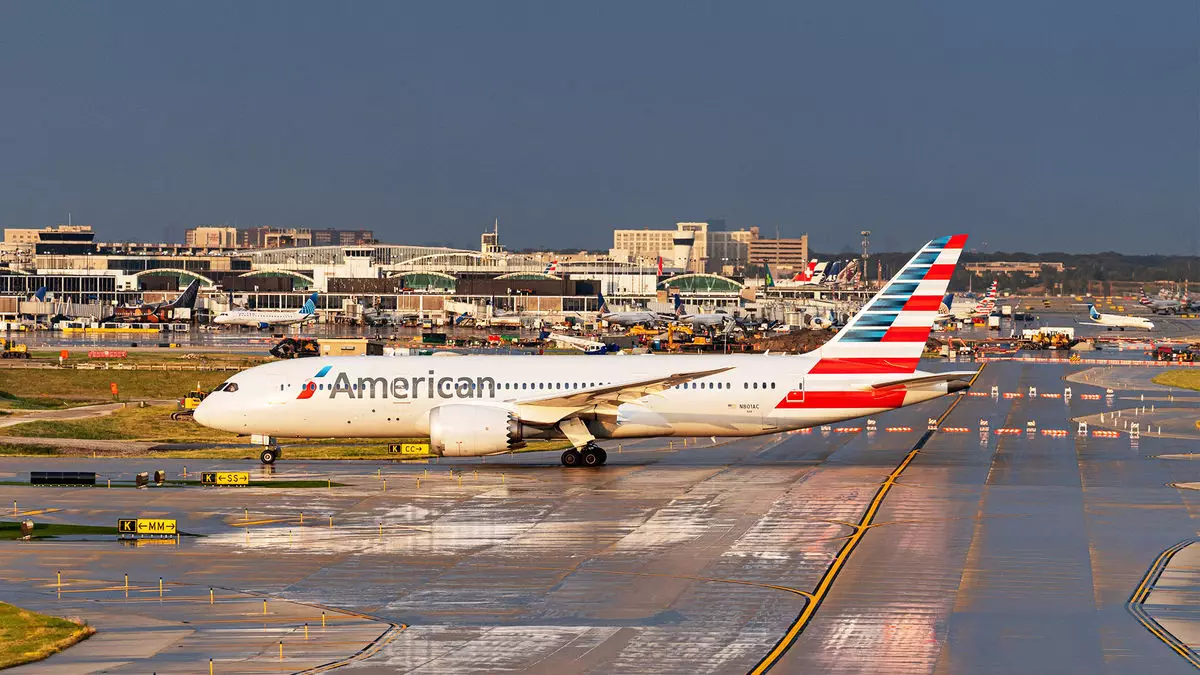American Airlines’ recent financial and strategic decisions reveal a company willing to challenge industry norms in pursuit of long-term growth. In an era where many airlines lean heavily on traditional distribution channels, American’s aggressive drive toward direct booking channels was both bold and risky. By pulling over half of its fares from legacy Global Distribution Systems (GDSs) and minimizing corporate and agency sales support, American aimed to innovate its distribution model. The intention was clear: capture a larger share of high-margin direct bookings, reduce reliance on intermediaries, and adapt to the increasingly digital consumer. However, this pivot came with significant costs, as the airline faced a steep decline in revenue and market share during its initial implementation.
Critically, American’s gamble underscored a fundamental industry debate — how much control should airlines exert over distribution channels? The airline’s earlier strategy heavily favored digital-only channels, which, while innovative, distanced the airline from traditional corporate clients and travel agencies. The result was a short-term revenue loss, estimated at $1.5 billion in 2023 alone, and a notable vulnerability in their industry share, which dipped 11% below historical averages. This suggests that American underestimated the importance of a balanced distribution approach—one that leverages digital innovation without alienating key customer segments.
Turning the Tide: Strategic Reversal and Restoring Relationships
By late May of the previous year, American Airlines decisively reversed course, signaling a recognition that the prior strategy was unsustainable. The re-engagement with corporate clients and agencies marks a pivotal shift that highlights the airline’s adaptability. Large-scale hiring of account managers and efforts to restore content to GDSs demonstrate a strategic acknowledgment: relationships with corporate and leisure agencies are too vital to abandon. These relationships historically form the backbone of stable revenue streams and customer loyalty, especially in the premium and corporate segments.
American’s revitalization also extended to its customer loyalty program. The revamped AAdvantage Business initiative aimed at small and medium-sized enterprises is a bold move — it seeks to carve a niche in a competitive landscape where airlines battle fiercely for corporate travelers. The airline’s focus on grooming its premium offerings and improving the overall customer experience signals a desire to be perceived not just as a volume-biased carrier but as an upscale, service-oriented brand capable of competing head-to-head with Delta and United.
Financial Implications and Market Outlook
Financially, American’s recent quarter reflected resilience and signs of recovery. Net income approaching $600 million, combined with revenue slightly surpassing analyst forecasts, indicates the company’s strategic pivot is beginning to bear fruit. Moreover, the company’s operating margin of 5.8%, though modest, demonstrates operational efficiency in a challenging environment. The airline’s acknowledgment of its vulnerabilities—particularly the impact of domestic pricing pressures—speaks to a realistic and grounded strategic outlook.
The airline’s forecast for the upcoming quarter reveals cautious optimism. A projected 2% decline in indirect sales share is viewed as a temporary setback, with expectations of full recovery by year-end. CEO Robert Isom’s nuanced remarks about the difficulty of capturing those last few percentage points reflect an understanding that market share is both highly competitive and sensitive to pricing, capacity, and consumer demand. The anticipated gradual improvement in ticket prices, driven by collective capacity reductions and rising demand, is likely to benefit American, especially given its focus on premium and corporate segments.
Industry Context: Navigating Competition and Market Dynamics
American Airlines operates in a fiercely competitive environment, characterized by the dominance of United and Delta, each with their own entrenched corporate relationships and customer loyalty strategies. American’s recent actions suggest a deliberate efforts to challenge this structure by innovating its distribution model and enhancing premium offerings. Whether these initiatives succeed hinges on consistent execution and the ability to balance short-term revenue concerns with long-term brand positioning.
The airline’s story exemplifies the complex dance of innovation and tradition within the airline industry. While digital channels are the future, the importance of maintaining relationships with traditional agents and corporate clients remains undeniable. American Airlines’ strategy evolution signals a recognition that the road to sustainable profitability involves leveraging technology without sacrificing the human and relational aspects of travel commerce. As the airline continues to rebuild its market share and refine its revenue streams, its ability to adapt dynamically will determine whether it can emerge stronger and more competitive in the coming years.


Leave a Reply